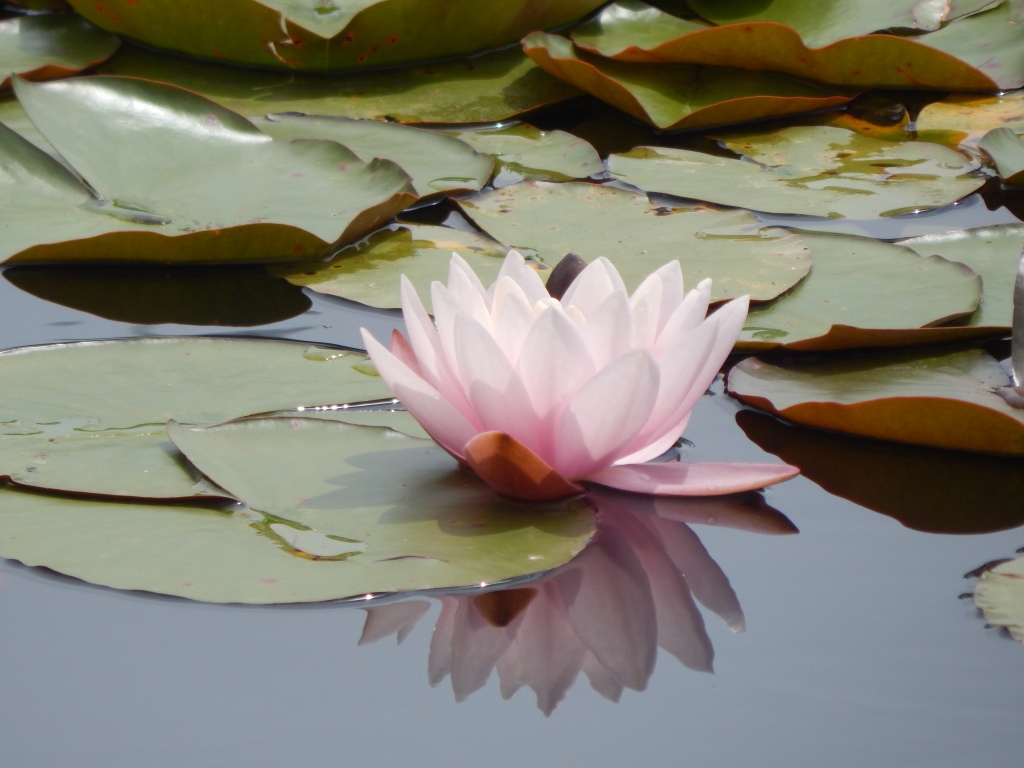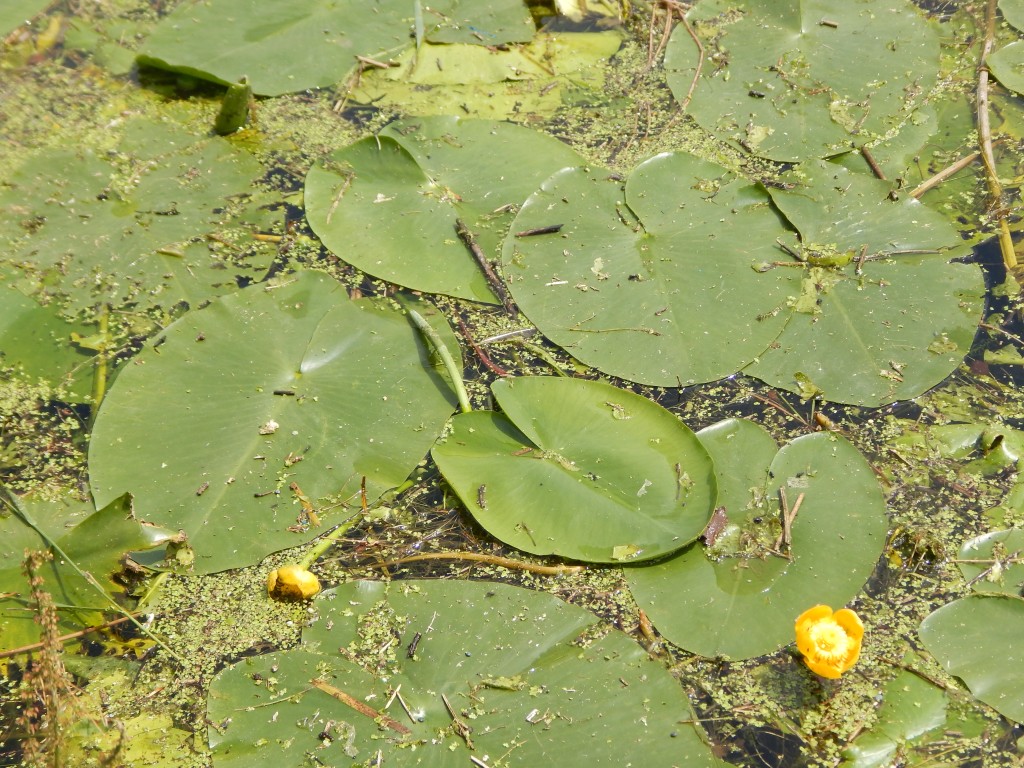
[238] Nymphaea alba, Water-lily
Introduction
Nymphaea alba, the (Common) (European) White Water-lily (or Water Lily) may just be called a Water-lily. It may be found naturally but is more usually seen in ponds in ornamental gardens with its familiar floating leaves and large open flowers.
Other members of the genus Nymphaea are also called Water-lilies as are the other genera within the very small family Nymphaeaceae.
As I have said before, there are hundreds of species of plants, from many unrelated genera, that are called Lilies, because of their flowers.
Taxonomy
Kingdom – Plants
Division – Vascular Plants
Class – Angiosperms (Flowering Plants)
Order – Nymphaeales
Family – Nymphaeaceae
Genus – Nymphaea
Scientific Name – Nymphaea alba
Name
Lily is an old word coming via the Latin lilium. Wiktionary, as well as defining the word to mean the genus now called Lilium, also adds: ‘Any of several species of herbaceous flower which may or may not resemble the genus Lilium in some way, and which are not closely related to it or to each other.’
Nymphaea is the Latin name for the water lily, relating to the nymphs of Greek mythology. There are many references to Greek mythology in the common and scientific names of plants, often without any apparent reason for the connection.
Water-lilies
Plants in the family Nymphaeaceae are considered to be among the most primitive of the flowering plants. They are rooted in soil underwater and have large leaves that float on the water. It contains three genera.
- Nymphaea, containing about forty species.
- Nuphar, with one or more species (possibly about twenty), has heart shaped leaves and relatively small yellow flowers.
- Victoria, with two species, has round leaves up to three metres across with a turned vertical edge at the circumference.
(Taxonomy is never agreed. Three other genera may come in this family.)
Description
The Water Lily is a familiar plant with large floating leaves and large flowers. Nymphaea alba has large white flowers with yellow centres.







There is a variety or subspecies of Nymphaea alba that has dark red flowers, found just in one lake in Sweden. Cultivated versions come in several colours and forms.
Habitat and use
The natural range of Nymphaea alba corresponds approximately to temperate Europe. It is found in lakes and ponds. It is widely cultivated and its many cultivars and varieties are mostly hybrids.


Other Notes
You will see water lilies in the ornamental lakes and ponds of country gardens where it is impossible to know whether they are the natural species or cultivated varieties. I also see them in active and disused canals, where their origins are equally uncertain.

The French impressionist painter Claude Monet (1840-1926) spent most of the last thirty years of his life producing paintings of water lilies from his flower garden. There are about 250 of these paintings, several of which have sold at auction for around £50 million each.
See also
Nuphar lutea, the Yellow Water-lily, is native to all of Europe and north-western Asia, and also North America. Its flowers are bright yellow, smaller in diameter with a more cylindrical shape.


(Nuphar, the Medieaval Latin name, comes from the Arabic ninufar, and is neuter, so the species should technically be Nuphar luteum. Both versions have been used. All other species of Nuphar treat the word as feminine.)
Nelumbo lutea, the American Lotus, and Nelumbo nucifera, the Sacred or Indian Lotus, look very similar to Water-lilies but are distant relatives.
